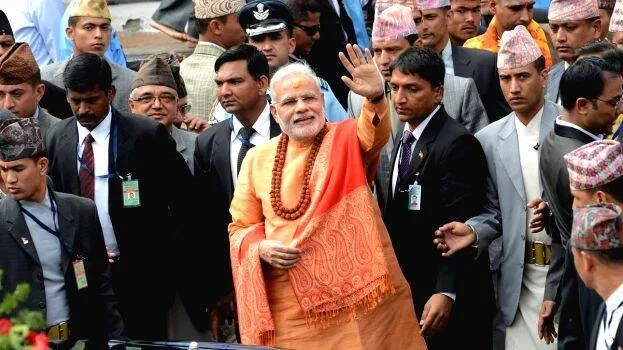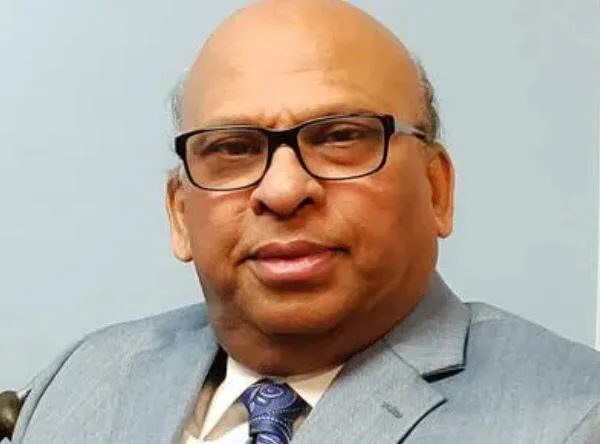

With the appointment of Sushila Karki as the interim Prime Minister of Nepal, the protest movement unleashed by the new generation (Gen-Z) has temporarily calmed down. Since becoming a republic in 2008, Nepal has been through one of the most turbulent periods in its history, particularly in September 2025.
K. P. Sharma Oli, the Chinese-leaning communist leader who led the coalition government, had to resign after youth protests shook the country. The protests began after Nepal’s IT ministry banned 26 social media platforms for not being officially registered. However, the protests stemmed not just from the ban, as there was more than what meets the eye. Corruption, nepotism, rising inequality, and frustration with the privileged lifestyles of politicians’ children were among the myriad other factors that fueled the anger.
Unemployment is severe in Nepal. Yet, the children of political leaders live in luxury and study abroad, while ordinary youth struggle. According to the World Bank, youth unemployment in Nepal was 20.8% in 2024. A huge share of Nepal’s economy—33.1% of its GDP—comes from money sent home by Nepali youth working abroad. For these young people, social media had become a vital window to the world and a tool of expression. So, when the government shut it down, youth saw it as an attack on their freedom and future.
This led to massive protests. Demonstrators set fire to the Parliament building, the Prime Minister’s residence, and the homes of ministers. Offices of the ruling Communist Party (CPN-UML) and the Nepali Congress were also attacked.
Nepal is not a stranger to unstable governments. In 2006, a people’s movement by seven parties ended the monarchy and removed King Gyanendra. Since then, many governments have come and gone, but they failed to deliver growth, land reforms, inflation control, or social security. Instead, corruption, nepotism, and factionalism sprawled. The social media ban was the final nail in the coffin that ignited long-simmering anger.
The Nepal unrest is drawing comparisons to Sri Lanka and Bangladesh. In Sri Lanka, youth protests forced Gotabaya Rajapaksa into exile, ending family rule. In Bangladesh, student protests against job quotas ended Sheikh Hasina’s long rule, but fundamentalist forces gained power instead. Students there now realise their victory has been hijacked by regressive forces.
For India, Nepal is not just a neighbour—it is a “brother nation” with deep cultural and historical ties. But after the monarchy ended, Nepal leaned toward China and even had border disputes with India, making things difficult for New Delhi. Now, with Sushila Karki—seen as friendly to India—leading the interim government, the question is: can she rebuild Nepal into a stable democracy?
India must adopt the right diplomatic approach to make the new situation favourable. Unlike Pakistan, Bangladesh, or Sri Lanka, which all face political instability, Nepal—sharing India’s heritage and traditions—needs to stand strong as a democratic nation with a robust constitution. For India, this is crucial.
As the Supreme Court observed, when we compare the situations in Nepal and Bangladesh, Indians can truly feel proud of their own Constitution.

(The writer is a former FOKANA President and the founding president of NAMAM (USA)